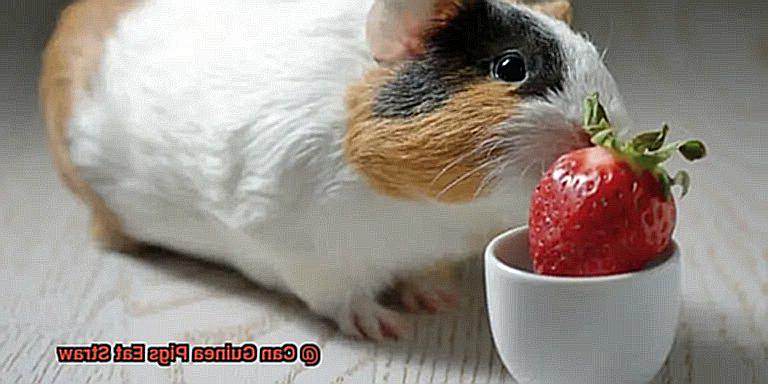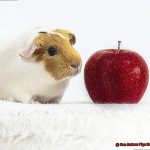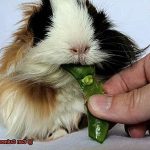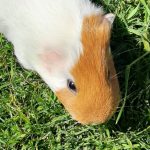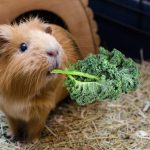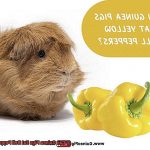As a guinea pig owner, you want to ensure that your furry friend is happy and healthy.
But with so many food options available, it can be tough to know what’s safe and nutritious for them. One question that often pops up is whether guinea pigs can eat straw.
At first glance, straw might seem like a harmless addition to your pet’s diet. It’s dried grass, which is something they already consume regularly.
However, there are some important factors to consider before introducing straw into their meals. In this blog post, we’ll explore the topic of guinea pigs and straw.
We’ll delve into the nutritional value of straw and its potential benefits as well as drawbacks for your pet. Additionally, we’ll cover any potential risks associated with feeding your guinea pig straw and how best to avoid them.
So, let’s dive in now.
What Is Straw?
Contents
Straw is made from the dried stems of cereal crops like wheat, barley, and oats. After the grains have been removed, the stems are left to dry in the sun.
This affordable and widely available option is a popular choice for animal bedding due to its absorbent qualities, which help keep your pet’s living area clean and dry. However, when it comes to your guinea pig’s diet, straw is not a suitable food source.
Although it may be safe for them to nibble on, it doesn’t provide any nutritional value and can cause digestive issues like bloating and constipation. The sharp edges of straw can also harm your pet’s throat and digestive tract, making it important to monitor their access to these items.
In addition, straw can carry infectious bacteria, pollute, and mold that can make your guinea pig sick. Their respiratory systems are particularly susceptible to these dangers, so it’s essential to choose bedding that won’t irritate their lungs.
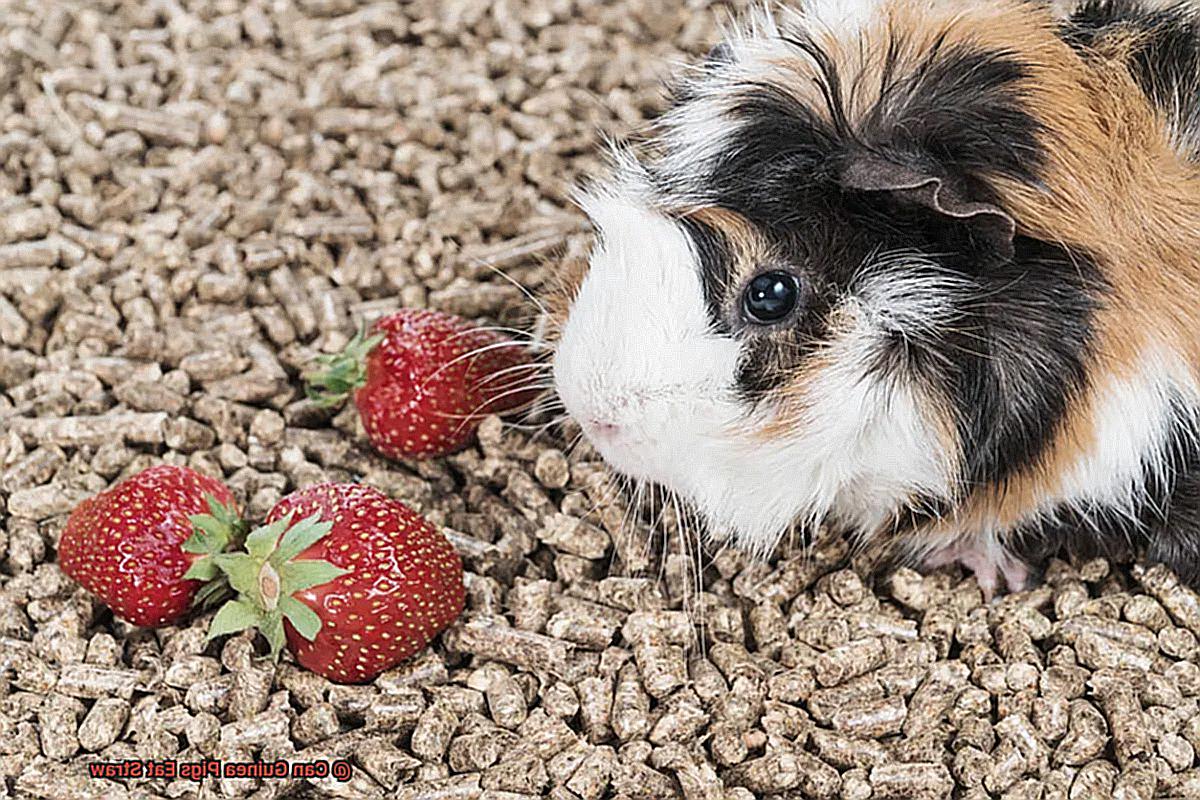
Consider alternatives to straw for bedding such as paper-based or wood-based options that are safer for your pet.
Nutritional Value of Straw
While straw may seem like a safe option for both bedding and food, it’s important to understand that it lacks significant nutritional value for guinea pigs.
Guinea pigs are herbivores, meaning their diet must be high in fiber and low in fat. While straw is a form of dry grass that can be consumed as part of their diet, it’s crucial to note that it doesn’t meet their nutritional requirements.
Straw is mainly composed of cellulose, which is a type of fiber that cannot be digested by guinea pigs. While fiber is essential in their diet, they need to consume digestible fibers such as hay or fresh vegetables to meet their nutritional needs.
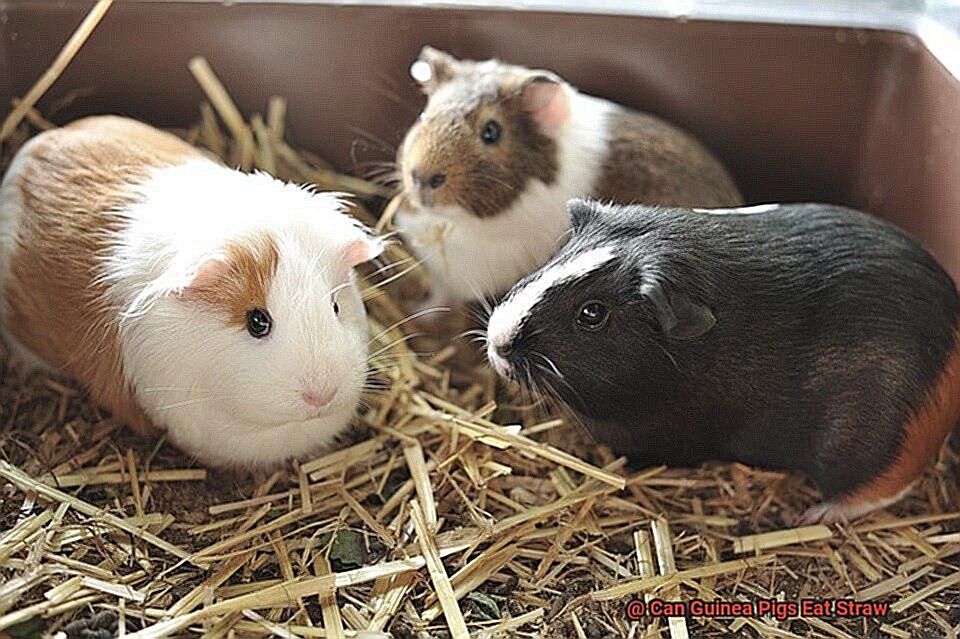
Straw contains little to no protein, carbohydrates, or vitamins that guinea pigs require to thrive. Feeding guinea pigs a diet high in straw can lead to digestive issues such as constipation or impaction due to the inability to digest the fiber properly.
It can also result in malnutrition if it becomes the primary source of food for your furry friend. So, although straw may seem like an innocent addition to your guinea pig’s diet or bedding, it’s not suitable as a primary food source.
Instead, opt for a well-balanced diet that includes fresh vegetables and hay to ensure your pet receives the necessary nutrients for their health and well-being.
Digestive Issues Caused by Straw
Feeding your guinea pig the wrong foods can lead to severe health issues, and their delicate digestive system makes it crucial to provide them with a balanced diet.
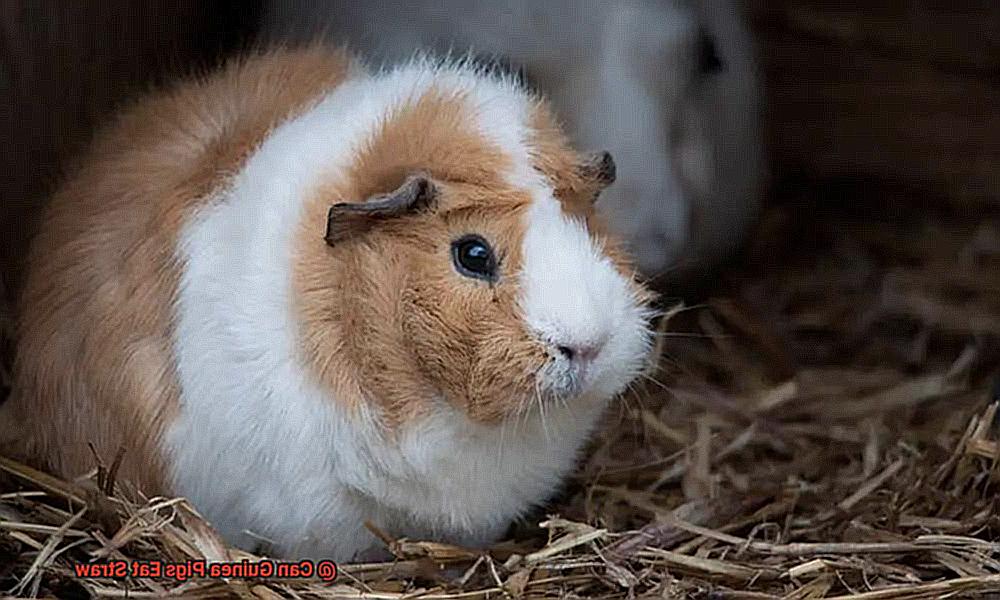
While straw may seem like a convenient option for bedding material and food, it can actually cause life-threatening digestive problems. Eating straw can lead to blockages in the digestive tract, preventing food from moving through and resulting in stasis.
Think of it as a traffic jam on the highway, causing chaos and potentially leading to anorexia, dehydration, and even death if left untreated. But that’s not all – straw can also cause impactions in guinea pigs.
Similar to a clogged drain, the fiber-rich straw becomes stuck in the gastrointestinal tract, leading to painful abdominal swelling and discomfort. This can cause appetite loss, lethargy, and difficulty passing stool.
To make matters worse, straw can contain harmful bacteria and fungi that can cause gastrointestinal infections in guinea pigs. These infections can result in diarrhea, vomiting, and dehydration, with severe cases even leading to sepsis or blood poisoning.
Respiratory Problems Associated with Straw
Although straw may appear to be a harmless and natural option, it can wreak havoc on your furry companion’s respiratory system.
Think about driving down a dirt road and suddenly getting caught in a dust storm. The dust particles are everywhere, making it tough to breathe and causing irritation in your lungs.
This is precisely what happens to guinea pigs when they ingest or inhale significant amounts of straw, which contains microscopic particles that can invade their lungs and lead to respiratory distress. But the danger doesn’t stop there.
Straw can also harbor mold and fungi, which release spores into the air that can be detrimental to your guinea pig’s respiratory health. It’s like having an unwelcome guest bring harmful germs into your home, causing allergic reactions, pneumonia, and other respiratory difficulties.
To avoid these issues and protect your guinea pig’s health, it’s best to opt for safer alternatives such as hay or paper-based bedding. If you do choose to use straw, dampen it before providing it to your guinea pig to reduce the amount of dust and particles released into the air.
Alternatives to Straw for Guinea Pigs
While straw has been a popular choice for bedding, there are actually several alternatives available that can significantly improve your pet’s health and wellbeing.
One fantastic alternative to straw is hay. Not only does it have a similar texture and comfort level, but it’s also edible for guinea pigs.
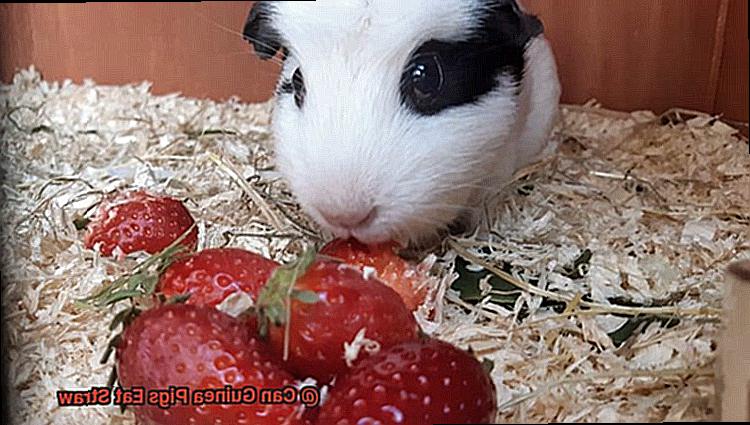
Eating hay promotes healthy digestion and helps keep your pet’s teeth in top condition. Timothy hay is an excellent choice for guinea pig bedding because it’s low in calcium and high in fiber.
Wood shavings are another option, but it’s important to note that not all types of wood shavings are created equal. Pine and cedar shavings should be avoided as they release harmful chemicals and oils that can be dangerous for your guinea pig’s respiratory system.
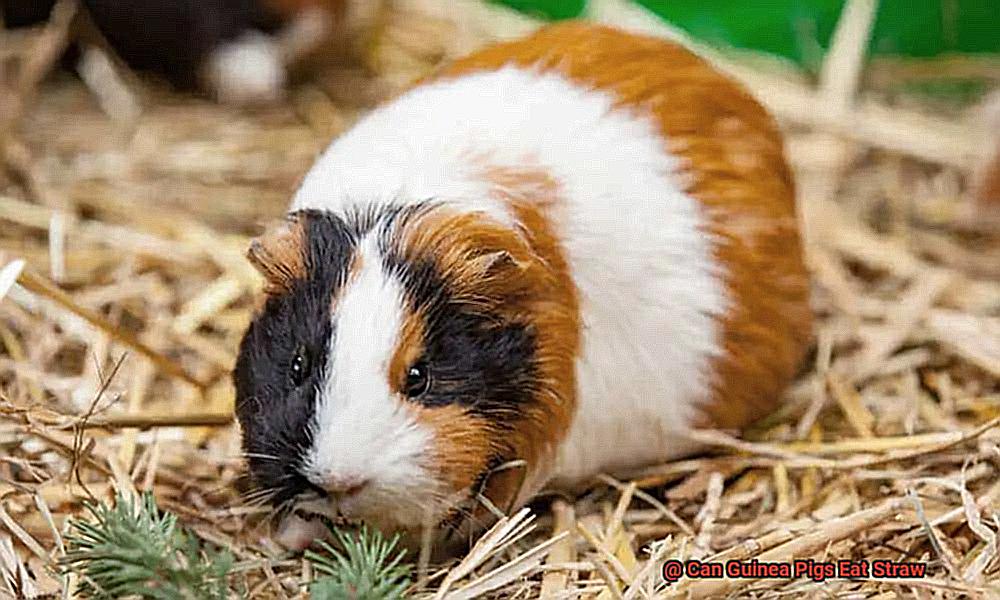
Instead, choose hardwood shavings like aspen or kiln-dried pine. Paper-based bedding is also an excellent alternative to straw.
Made from recycled paper products, this type of bedding is highly absorbent and ideal for guinea pigs who tend to urinate frequently. Additionally, it’s dust-free, which can be beneficial for guinea pigs with respiratory issues.
Finally, fleece bedding has become increasingly popular among guinea pig owners due to its softness and comfort. It’s also incredibly easy to clean – simply shake out any debris and toss it in the washing machine.
gE5HfPut_JQ” >
Conclusion
Straw may seem like a harmless and inexpensive option for your guinea pig’s diet or bedding, but it can actually cause serious health issues.
Digestive problems such as bloating, constipation, and life-threatening blockages in the digestive tract can occur from consuming straw. Furthermore, the dust particles and bacteria and fungi present in straw can lead to respiratory difficulties for your furry friend.
To ensure your guinea pig’s wellbeing, it’s crucial to avoid feeding them straw as their primary food source. Instead, provide them with a well-balanced diet consisting of fresh hay, vegetables, and fruits.
We must prioritize our guinea pigs’ delicate digestive and respiratory systems when selecting their food and bedding choices.

